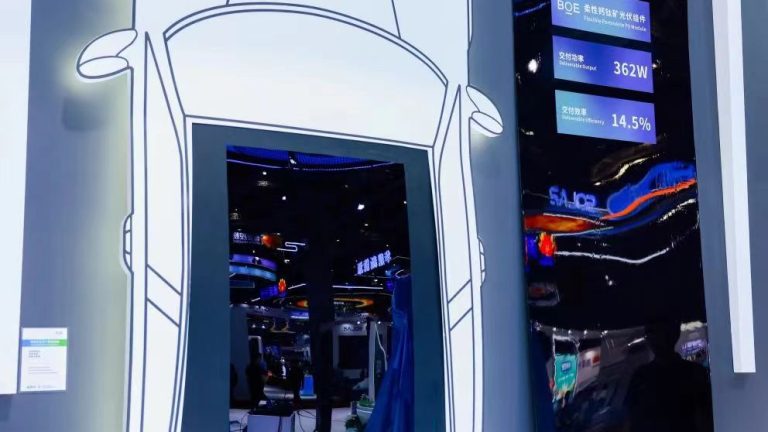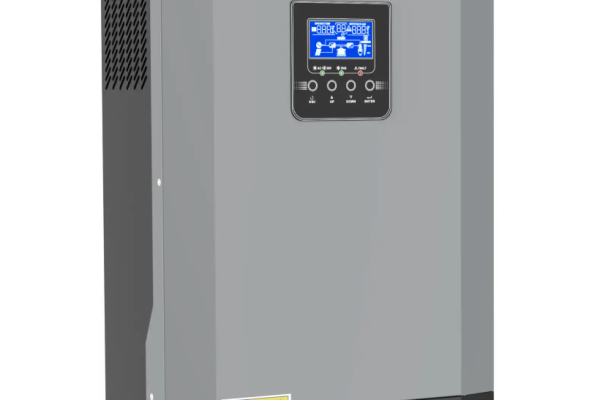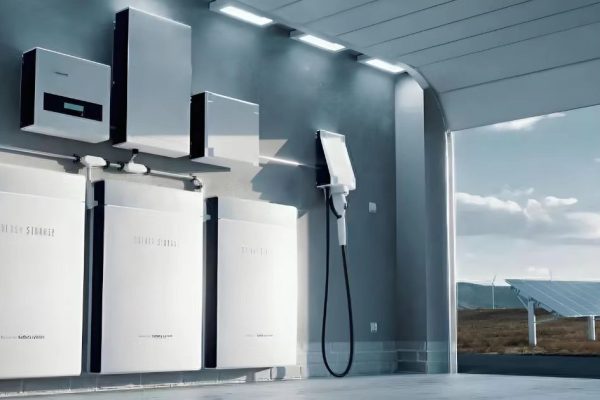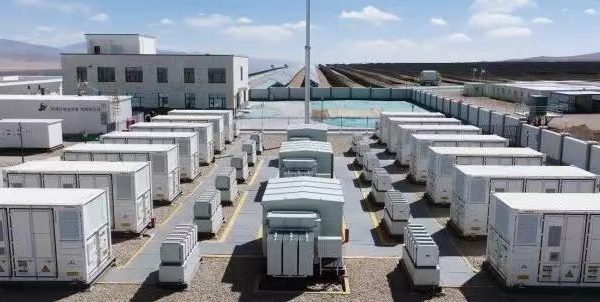Understanding Where the Money Goes in PV + ESS Solutions
Why Margin Structure Matters to You
Whether you’re a small installer, a technical trader, or a local distributor, understanding the typical margin breakdown in a solar + storage project is key to:
- Setting the right price for your end client
- Negotiating fairly with suppliers
- Knowing where cost savings or quality compromises are likely to happen
In this blog, we break down the typical margin structure across the solar + battery system value chain — so you can make smarter decisions as a buyer or reseller.
1. The Components in a PV + Storage System
A typical small-to-medium hybrid solar system includes:
- Solar Panels (modules)
- Hybrid Inverter
- Battery Pack (usually LFP or NMC)
- BMS & EMS
- Wiring, breakers, connectors
- Mounting structures
- Monitoring interface
Margins can differ for each component, and also by role: manufacturer, distributor, installer, etc.
2. Manufacturer to Exporter Margins
At the source level (especially in China or India), typical markup structures are:
- Battery / Inverter Manufacturer → Exporter or Technical Trader:
🔸 Gross margin: 10–20%
🔸 Higher if customization or system integration is involved - Module Manufacturer → Distributor:
🔸 Tighter margins (5–10%) due to intense price competition
Inverters and batteries usually carry higher margins than modules, especially if bundled with system configuration support.
3. Exporter / Trader to Installer Margins
If you’re buying from a technical trader or export agent, their margin reflects:
- Product sourcing
- Compatibility testing
- System packaging
- After-sales coordination
Typical markups:
- Exporter / System Integrator → Installer:
🔸 15–30% depending on value added (e.g., pre-configured kits, drawings, or tech support)
Installers often prefer paying more per unit if it saves time and risk during commissioning.
4. Installer to End User Margins
This is often where the highest margin per kWh appears — but it depends on:
- Project size
- Market competition
- System complexity
Typical gross profit margins:
- Residential rooftop (5–10kW):
🔸 30–45%, sometimes higher if bundled with backup and surge protection features - Small commercial (10–30kW):
🔸 20–35% depending on tender pressure and customer awareness
Margins are higher for off-grid or backup systems, where the value of stored energy is more tangible.
5. Where Margins Shrink
Margins get squeezed when:
- Project is won purely on price (e.g. government subsidy programs)
- Buyer demands Tier 1 brands but with local service pricing
- Components are mismatched and require custom adaptation (extra labor cost)
🛠 Tips for Protecting Margins:
- Offer value-added services (monitoring, maintenance, load analysis)
- Educate clients on total cost of ownership, not just upfront price
- Source from partners who support pre-wiring or documentation to reduce field labor
6. Hidden Margin Opportunities
Here’s where smart traders and installers protect or expand margin:
- Battery cabinet sourcing: lower cost if purchased separately from battery pack
- Bundled accessories: breakers, fuses, and cables often come with 50–100% markups
- Remote monitoring plans: subscription-based services can add recurring revenue
- Commissioning support: charge for setup and training, especially for remote sites
7. Typical Full-System Markup Example
Let’s say you’re delivering a 10kW PV + 15kWh ESS system. Here’s a typical breakdown:
| Stage | Markup (Est.) |
|---|---|
| Manufacturer → Exporter | 10–15% |
| Exporter → Installer | 15–30% |
| Installer → End User | 25–45% |
| Total Stack | 50–90% over COGS |
🧮 If total system cost is $8,000 FOB:
- End customer may pay $12,000–$15,000 depending on service level
8. Final Thoughts: Margin Isn’t Just Profit — It’s Protection
Margins aren’t just about markup — they’re also about:
- Handling risk (delays, support, firmware bugs)
- Funding services (warranty, documentation, tech help)
- Offering options that increase customer trust and repeat business
📌 As a buyer or integrator, you can:
✅ Negotiate for modular options to control margin per function
✅ Ask your supplier to quote system-level kits, not just components
✅ Understand where hidden costs (like installation labor or transport) can erode your profitability









